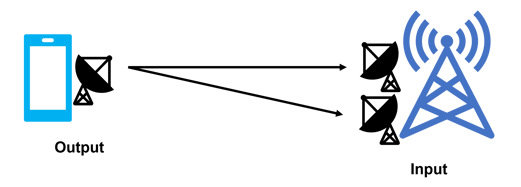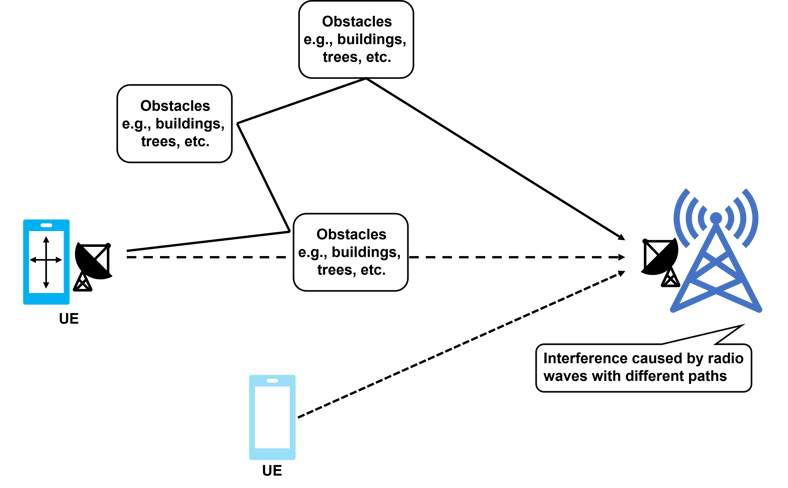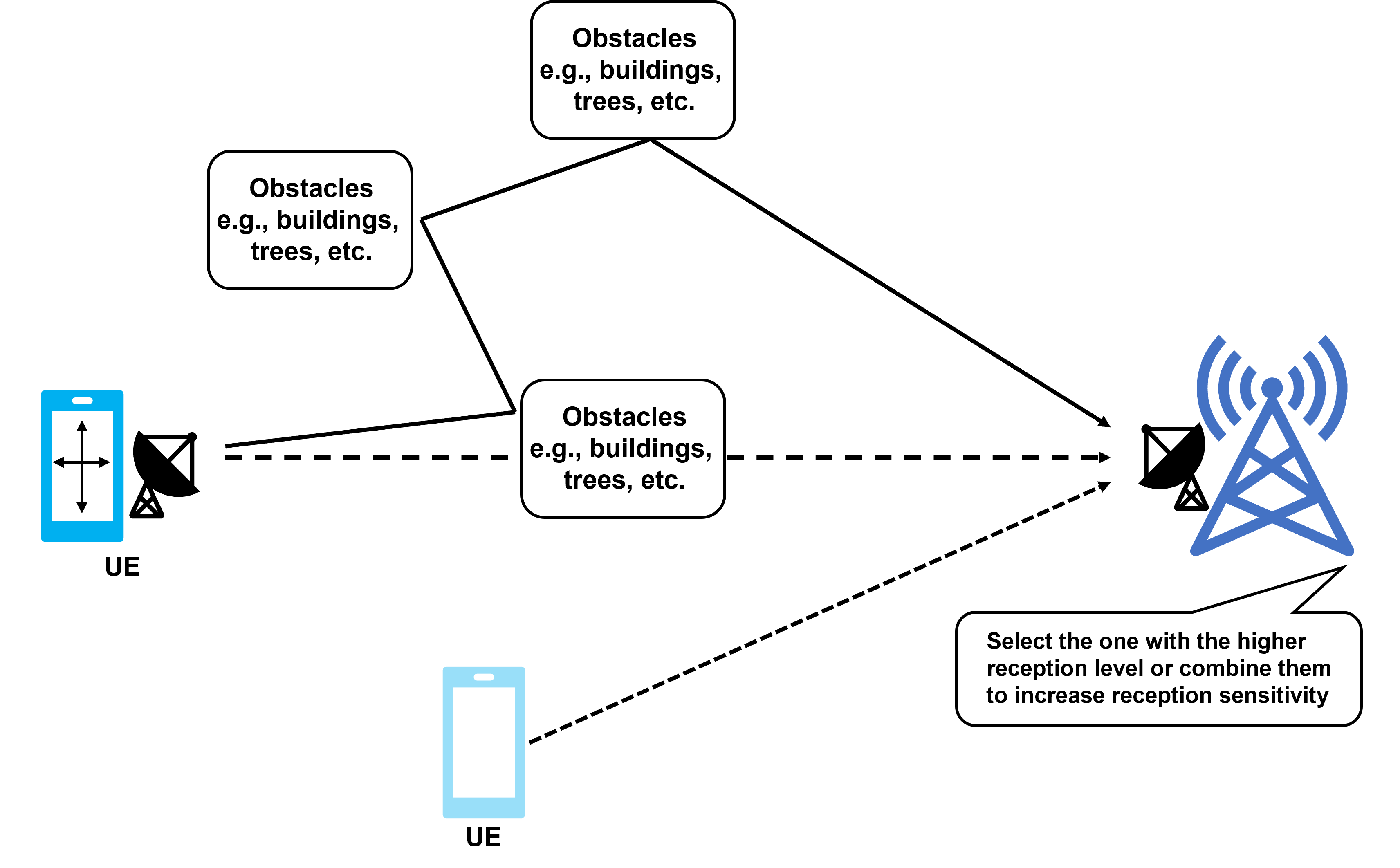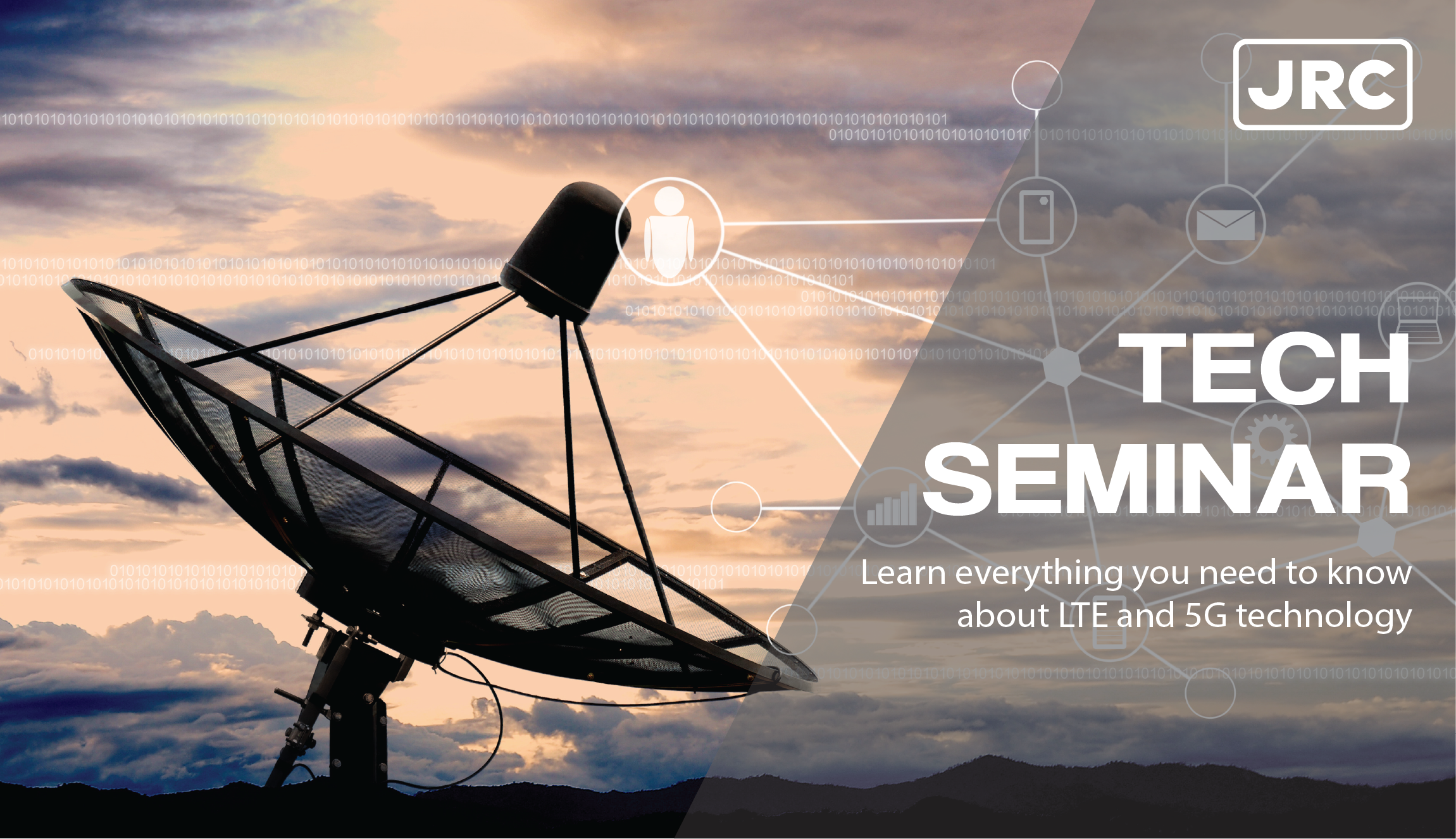Contents
JRC Tech Seminar Vol.6
This blog is the latest blog after two news issues. The content is about the important technology in radio communication, MIMO. In part 1 we will talk about Fading and Diversity in MIMO, the article is relatively simple and easy to understand, and we hope you will like it!
Overview
MIMO is one of the multi-antenna technologies to improve throughput (=communication speed) and stands for Multi Input Multi Output. The terminology changes depending on the number of antennas on the transmitter and receiver sides: SISO for the single antenna on each side, MISO for multiple antennas only on the receiver side, SIMO for multiple antennas only on the transmitter side, and MIMO for multiple antennas on both sides. The images of each are summarized in the table below.
| Type | Image |
| SISO |
|
| MISO |  |
| SIMO |  |
| MIMO |  |
Fading
Fading refers to a change in the strength of radio waves transmitted and received between a UE and an eNodeB due to various factors (reflection or absorption by buildings, interference from other radio waves, changes in the path length due to movement of the UE, etc.), and is called xxx fading depending on the factor.
As a typical example in radio communications, radio waves sent from a UE to an eNodeB form multiple paths due to reflections from obstacles and the movement of the UE itself. The interference between the radio waves that pass through these paths causes the strength of the radio waves to change drastically, and this fading is called interference fading.
 Multipath due to reflections from artificial objects and terrain, terminal movement, etc.
Multipath due to reflections from artificial objects and terrain, terminal movement, etc.
Diversity
Diversity is a technique to minimize fluctuations in received radio wave levels by combining or switching the outputs of multiple receiving systems obtained by installing multiple antennas spatially separated from each other or by changing their direction and polarization. There are several types of Diversity, spatial diversity is effective in the case of interference fading.
Spatial diversity is a method that uses multiple spatially decoupled antennas. In the case of terminals such as UE, it is possible to obtain nearly uncorrelated received waves if the antennas are spaced about half a wavelength apart. On the other hand, in the case of an eNodeB, unlike a UE, it is necessary to shift the angle of the received wave by several degrees for 10 wavelengths. This makes it possible to select an antenna with a higher reception level or to combine the phases of two higher antennas to increase reception sensitivity.

For further information about Private LTE, please check out our other blogs and use cases. If you have any questions, please do not hesitate to contact us.













